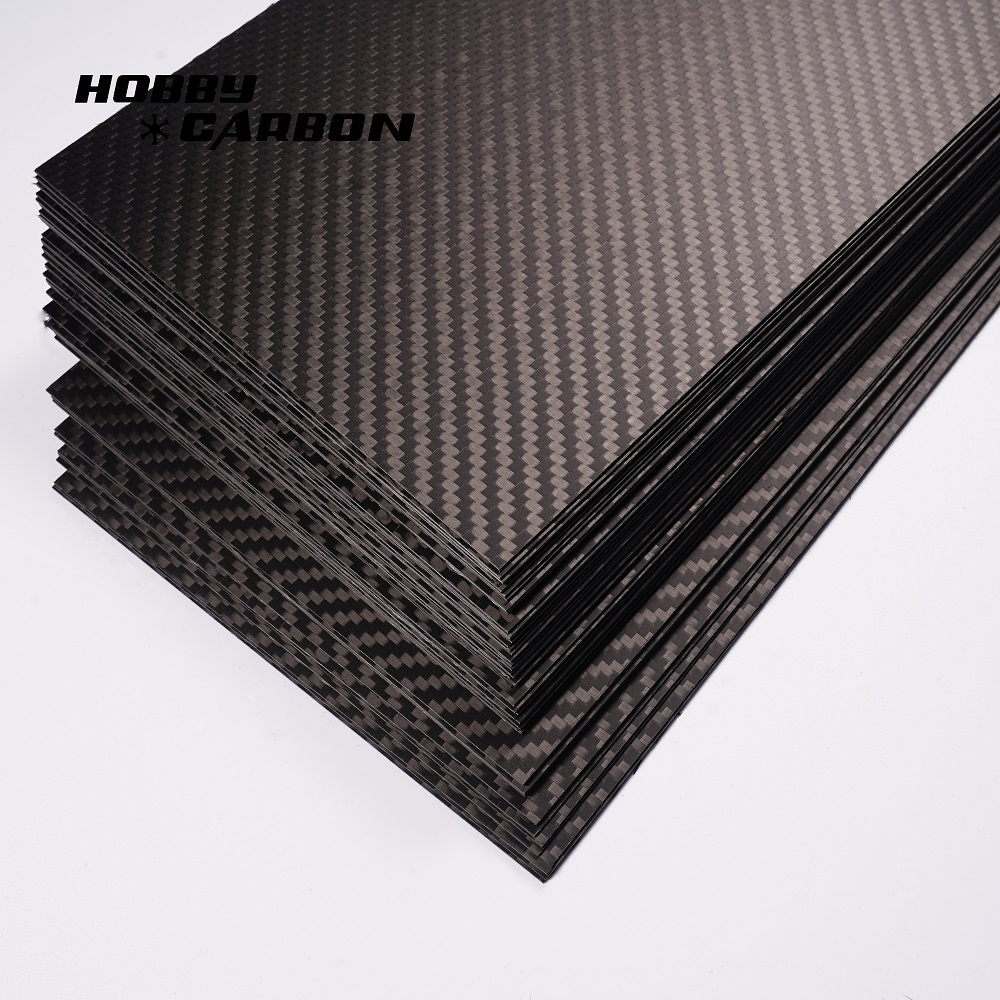
Privacy statement: Your privacy is very important to Us. Our company promises not to disclose your personal information to any external company with out your explicit permission.
Carbon fiber is a lightweight and strong material that is used in a wide range of applications. It is made up of thin strands of carbon atoms that are tightly woven together to form a fabric-like material.
Here are some key points to help you understand carbon fiber better:
1. Structure: Carbon fiber is composed of long, thin filaments of carbon atoms, typically with a diameter of around 5-10 micrometers. These filaments are bundled together to form yarns, which are then woven or laid up in layers to create a reinforced composite material.
2. Strength and stiffness: Carbon fiber is known for its exceptional strength-to-weight ratio. It is significantly stronger and stiffer than materials like steel or aluminum, while being much lighter. This makes it ideal for applications where high strength and low weight are crucial, such as aerospace, automotive, and sporting goods industries.
3. Manufacturing process: The production of carbon fiber involves several steps. It starts with the precursor material, usually a polymer like polyacrylonitrile (PAN) or rayon, which is heated and chemically treated to create carbon fibers. These fibers are then processed further to align them in a specific direction and impregnated with resin to create composite materials.
4. Properties: Carbon fiber exhibits several desirable properties, including high tensile strength, low thermal expansion, excellent fatigue resistance, and good chemical resistance. It also has a low coefficient of thermal expansion, meaning it does not expand or contract significantly with temperature changes.
5. Applications: Carbon fiber is used in a wide range of industries and products. In aerospace, it is used to make aircraft components, such as wings, fuselage sections, and propellers. In automotive, it is used for body panels, chassis components, and interior parts. It is also used in sporting goods like bicycles, tennis rackets, and golf clubs, as well as in the construction industry for reinforcement of structures.
6. Cost: Carbon fiber is generally more expensive than traditional materials like steel or aluminum. The high cost is mainly due to the complex manufacturing process and the relatively low production volumes compared to other materials. However, advancements in technology and increased demand have led to cost reductions in recent years.
7. Limitations: While carbon fiber offers many advantages, it also has some limitations. It can be brittle and prone to damage from impacts or excessive bending. It is also susceptible to UV degradation, so it needs to be protected from prolonged exposure to sunlight. Additionally, the recycling and disposal of carbon fiber composites can be challenging due to the difficulty in separating the carbon fibers from the resin matrix.
Overall, carbon fiber is a versatile and high-performance material that continues to find new applications as technology advances. Its unique combination of strength, light weight, and durability make it an attractive choice for industries looking to optimize performance and efficiency.

Standoffs
Vibration Damper Screw
Nylon Screw
Steel Screws
Stainless Steel Screw
LET'S GET IN TOUCH

Privacy statement: Your privacy is very important to Us. Our company promises not to disclose your personal information to any external company with out your explicit permission.

Fill in more information so that we can get in touch with you faster
Privacy statement: Your privacy is very important to Us. Our company promises not to disclose your personal information to any external company with out your explicit permission.